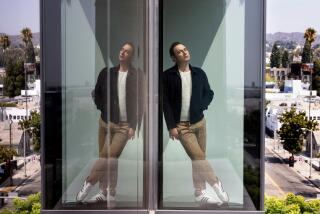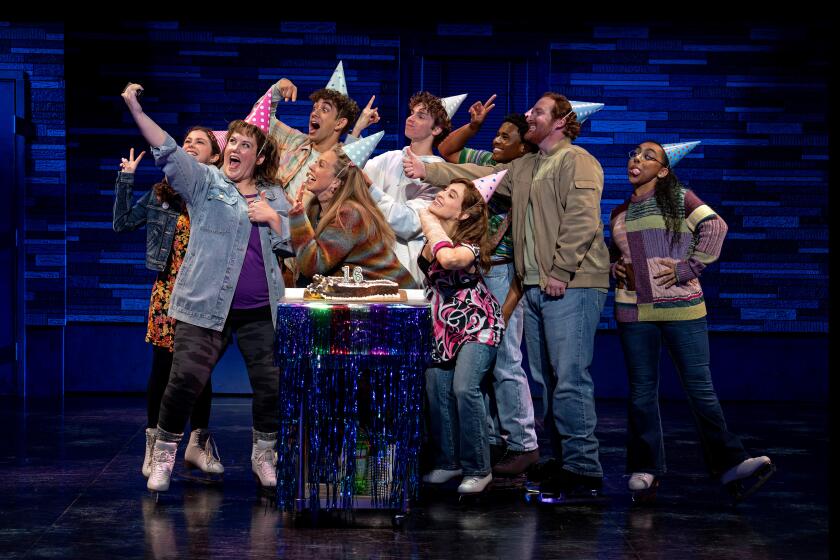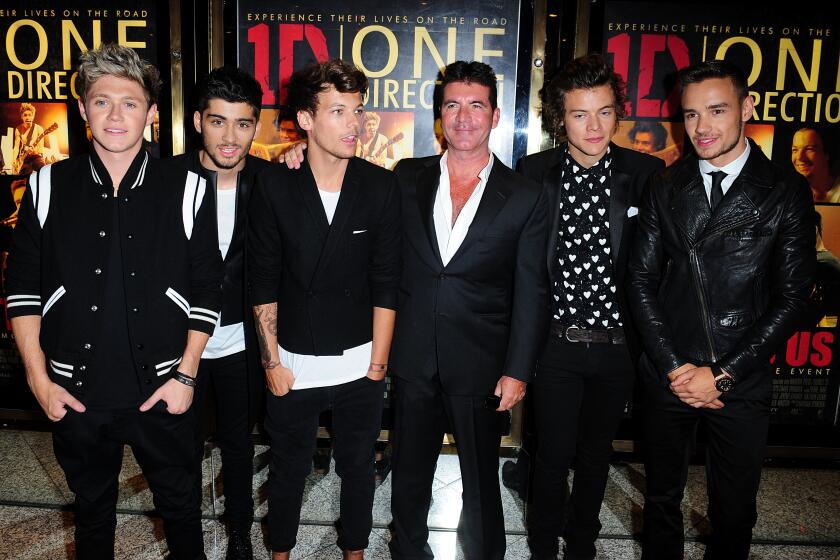A Dream for Downtown L.A.
Angelenos may be forgiven their skepticism over the new, ambitious plans to carve out a city commons linking the Music Center and City Hall. Certainly, in this city of big dreamers, the hardest dream to realize has been an economically vibrant and physically appealing downtown core. But a vision outlined last month could be a giant step in that direction.
The foremost component is an attractive and accessible park in the heart of the city, humanizing the hulking government edifices nearby and linking the area’s newest and most imaginative projects with City Hall. This would be the public commons that Los Angeles has not had in decades and that the city sorely needs. Pershing Square, the city’s oldest park, was intended to be that sort of town square when it was laid out in 1866. But the square is several blocks southwest of City Hall and marooned by broad, busy boulevards in a dense commercial area. The landscaping and architectural features designed to deter the homeless also make it inhospitable to everyone else.
A reconfigured Grand Avenue, complete with new curves and more trees, would cut down traffic, encourage leisurely walking and visually connect the Walt Disney Concert Hall, scheduled for completion in 2003, with the Cathedral of Our Lady of the Angels, set to be finished in 2002. So too would human-sized retail and restaurant ventures planned in this area.
The Music Center would undergo a face lift as well. A gradual, landscaped slope would replace the bunker-like walls that now separate the theaters, Acropolis-like, from nearby streets. New public buildings would be built between the Dorothy Chandler Pavilion and the Mark Taper Forum, along with a children’s theater and other additions.
The obstacles to turning the architects’ imaginings into dirt-and-concrete reality are formidable. Start with money. The Music Center changes alone could run to $50 million, and no one yet dares put a price tag on the whole scheme, much less propose a financing plan.
Moreover, because the project would extend over city, county and state property, the jurisdictional and political hurdles are high. The changes will require proponents like businessman Eli Broad and Mayor Richard Riordan to beat the bushes for private funds.
Creativity and determination will be needed in heavy measure. But those qualities are already evident in these first plans, raising the possibility that downtown can, one day, be greater than the sum of its many significant but fragmented parts.
More to Read
The biggest entertainment stories
Get our big stories about Hollywood, film, television, music, arts, culture and more right in your inbox as soon as they publish.
You may occasionally receive promotional content from the Los Angeles Times.










